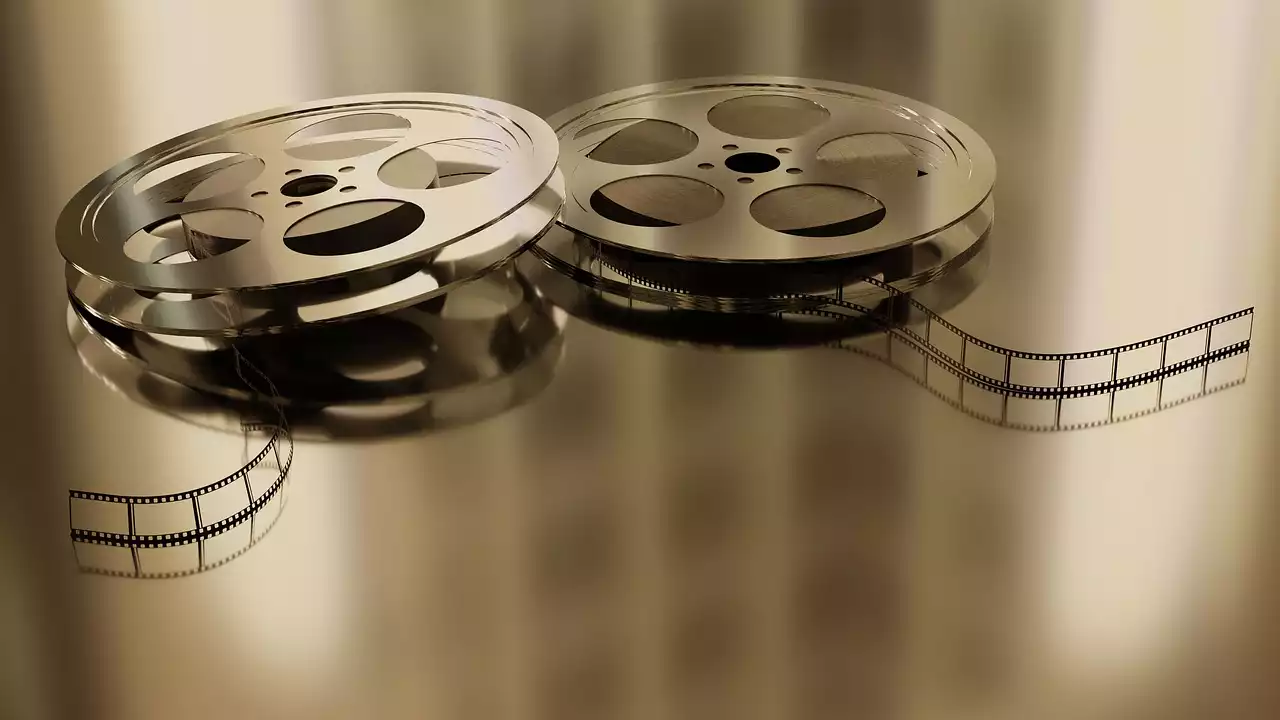The history of cinema and movie theatres is filled with growth, innovation, and changes. From the first silent movies to the smart-home theaters of today, there has been an evolution in not only the equipment used to create better images but also in where people can enjoy them. In other words, from the nickelodeons of 1905 to the Netflix streaming services of today, the cinematic experience has changed a lot over those 115 years. Cinema has existed for almost as long as movies have been recorded. The word “cinema” comes from a shortened version of the phrase “moving image” or “motion picture.” However, until recently it was mostly confined to private showings or traveling road shows that popped up here and there. Things changed with innovations such as the Lumiere brothers’ cinematograph and Thomas Edison’s kinetoscope that made public movie viewing possible at last…
The History of Movie Theatres – From Nickelodeons to Netflix
When the first silent films were shown in the late 1890s, people gathered in large rooms to watch them projected on large screens. These early cinemas resembled Victorian-era “magic lantern” shows, except the images were projected from behind the screen onto a white sheet that was spread across the front of the room. The first “nickelodeon” theatres, named after the five-cent admission cost, were a new form of entertainment. They were larger, more comfortable venues where customers could watch films and be entertained at the same time. The first nickelodeons were built in the East End of London and Buffalo, New York, between 1905 and 1907. By 1910, there were more than 2,000 nickelodeons across the United States. The nickelodeon’s popularity declined after 1913 when larger theatres started charging lower admission prices.
1916-1930: The Golden Age of the Movie Theatre
The “golden age” of movie theatres began in 1916 when the first “self-contained” theatres opened. These new theatres had a proscenium arch stage, an orchestra pit, and a projection booth. The projection booth was an enclosed room from which the projectionist could operate the kinetoscope and take care of other tasks such as threading and unthreading the film. The theatres were designed to show silent films with accompanying music. Many of the theatres featured Wurlitzer organs or orchestras to provide the music. The new theatres were primarily designed to show films projected from 35-mm or 70-mm film reels that were run at slower speeds. Small theatres designed to show silent films with accompanying music were called “sound houses.” Many of the new theatres were designed to be larger and more luxurious than the nickelodeons. They frequently had velvet or silk curtains, curtains and draperies of imported fabrics, ornamental designs on the ceiling, and expensive furniture. The new theatres were built with a balcony or mezzanine. The walls and ceiling featured elaborate designs and decorations, and lighting effects were often used.
1931-1960: Talkies and Technological Advancements
A development that changed the way movies were produced and shown was the transition from silent films to “talkies” in the late 1920s. The first talking motion picture, The Jazz Singer, was released in 1927. In 1928, the first motion-picture sound system was developed. It increased the demand for soundproofing and sound equipment. Between 1929 and 1930, the sound-production and projection equipment in theatres was modified to accommodate sound films. The “silent” theatres were quickly converted to “talking” theatres by installing new equipment, expanding the projection booth, building a new wall behind the screen, and constructing an echo-free “sound pit” in front of the screen. A sound-amplifying system was added to provide better sound quality. Sound-absorbing materials were installed in the walls, ceiling, and floor to decrease the echo effect and improve the sound quality.
1961-1990: Cinemascope, Colored Films and 3D
The 1950s was a period of technological developments in the motion-picture industry. In 1950, the first Cinerama theatre opened. Cinerama used three projectors and a curved screen to produce a wide-screen, wraparound effect for audiences. Cinemascope, a wide-screen format, was developed in 1953. The first Cinemascope film was The Robe, which was released in January 1953. In the late 1950s, Technicolor films were shown in special wide-screen formats. These films featured brilliant colors and intricate designs. In 1967, the first 3-D films were released. In the early 1980s, another 3-D alternative called “Total Vision” was introduced. Total Vision films were shown on a special wide-screen system.
1991-Present Day: Digital Advancements and Beyond
In 1991, the first digital film was released. Digital films were produced on computers and projected on screens instead of being printed on film stock. In 1995, the first digital projection system was developed. Digital technology was slowly introduced to theatres, and more films were shown digitally. In the early 2000s, the popularity of digital films increased. After the terrorist attacks of September 11, 2001, the demand for digital films increased. This was because digital films were considered more secure against terrorist threats than films printed on film stock.
Conclusion
With the advent of the Internet, more and more people are watching films at home on their computers or streaming device. And although more and more people are choosing to watch their films online rather than going to the cinema, the overall history of cinema and movie theatres remains an exciting one. After all, it is impossible to imagine modern-day entertainment without the cinematic experience.


 Jade Mountain Resort St. Lucia
Jade Mountain Resort St. Lucia
 Louis Vuitton French Fashion Designer
Louis Vuitton French Fashion Designer
 Kettlebells for Building Strength and Stamina
Kettlebells for Building Strength and Stamina What was the first Public Cinema?
What was the first Public Cinema? The Biggest Selling Movies in Cinema History
The Biggest Selling Movies in Cinema History Cinema Created Hollywood Movie Stars
Cinema Created Hollywood Movie Stars